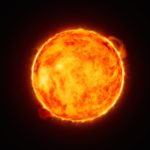Before we dive into our next meteorology 101 class, there has been some breaking weather news. Well, by the time you read this, the news might not be so breaking but, according to the U.S. National Oceanic and Atmospheric Administration, after three years and one of the longest La Niñas on record, ocean temperatures across











